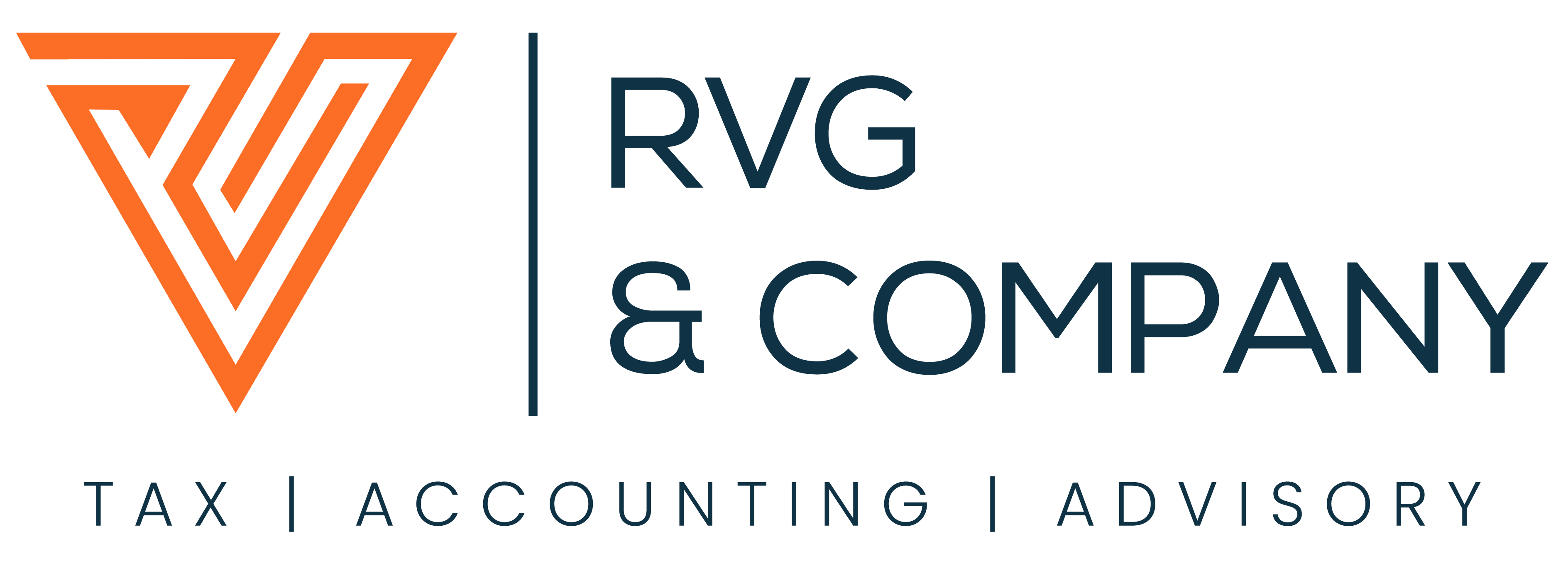
The Benefits of Starting an IRA for Your Children
With the benefit of tax-free compounded growth offered by Roth IRAs, contributions made to a child’s IRA can have significant growth.
Compounded Growth
With the benefit of tax-free compounded growth offered by Roth IRAs, contributions made to a child’s IRA can have significant growth. For example, assuming an 8% expected rate of return, the investments made by age 19 will grow to FORTY times its value by the time they reach 67 (current full retirement age). For example, $2,500 invested before high school graduation will be $100,000 at retirement. This exponential growth is known as compounding.
Compounding interest and growth occurs when interest and growth is earned on the initial contribution of principal and the growth of the investment over time. Allowing more time for the investment to grow, will allow for more substantial growth to occur. By starting to save prior to graduating from high school, the investment will have almost fifty years of compounding growth until your child’s retirement.
Contributions to Roth IRA’s must be made with after-tax contributions and any earnings are tax-free if the rules are followed.
How to Generate Income for Your Child
Any child, regardless of age, can contribute to an IRA provided they have earned income; others can contribute too, if those amounts do not exceed the amount of the child’s earned income. For 2021 and 2022, the maximum a child can contribute to an IRA (either traditional or Roth) is the lesser of $6,000 or their taxable earnings for the year. For example, if your child earns $3,000 this year, they could contribute up to $3,000 to an IRA. However, if your child earns $10,000, they could only contribute $6,000, which is the maximum contribution. If your child has no earnings, they cannot contribute at all.
It should be noted that your child must have earned income during the year for which a contribution is made. Money from an allowance or investment income does not qualify as earned income and thus cannot be used towards contributions.
Ideally, your child will receive a W-2 or Form 1099 for work performed to document their earned income. But of course, that does not always occur with entrepreneurial jobs such as babysitting, yard work, dog-walking, and other common youth-oriented jobs. It is recommended to keep receipts or other documentation. These should include the following:
- Type of work
- When the work was performed
- For whom the work was performed
- The amount your child was paid
As noted above, earned income cannot be an allowance (even if the child does chores for it) or a cash gift given directly to the child. Still, although allowances are not allowed considered earned income, you may be able to pay your child for work done around the house, provided it is legitimate, and the pay is at a market rate. (For example, $1,000 for two hours of babysitting, would be unreasonable.)
It helps if the child does similar work for outsiders—doesn’t just mow the family’s lawn, but they mow the lawns of others in the neighborhood. Or, if you have your own business, you can employ your child to perform age-appropriate tasks for reasonable wages.
If you have any questions regarding 1099 Requirements or other obligations, please contact RVG & Company, today! (954) 233-1767.
